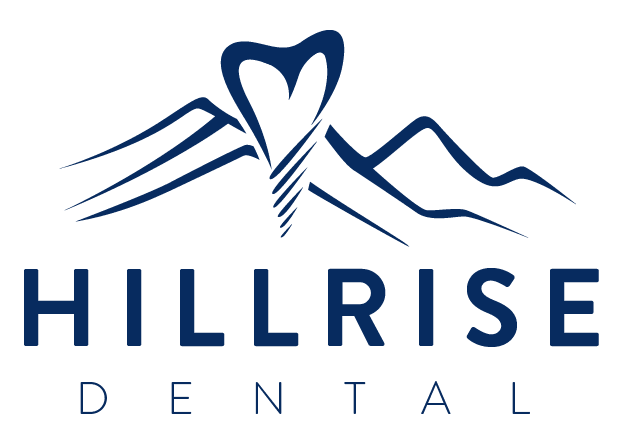Understanding Traveler's Diarrhea: Causes and Symptoms
Diarrhea while traveling can catch even the most seasoned globetrotters off guard, especially when exploring regions with different sanitary standards. Primarily caused by ingesting contaminated food or water, it's the uninvited guest no traveler wants. The sudden onset of loose, watery stools, often accompanied by nausea and abdominal cramps, defines this common affliction. Usually lasting a few days, these symptoms can spoil the journey, affecting up to 70% of travelers.
| Causes | Symptoms |
|---|---|
| Contaminated food or water | Loose stools |
| Bacterial Infection | Abdominal cramps |
| Viral infection | Nausea |
Those exploring areas with poor sanitation or unfamiliar dietary practices are mainly at risk. Understanding these underlying causes aids in prevention and quicker recovery, allowing exemplified adventurers to enjoy the journey.
Xifaxan: How It Works to Combat Diarrhea

At the heart of Xifaxan's effectiveness is its ability to target the gastrointestinal tract with precision. Unlike broader-spectrum antibiotics, Xifaxan is minimally absorbed into the bloodstream, allowing it to stay localized within the gut. This localized action helps in minimizing the disturbance to beneficial bacteria and reduces the likelihood of systemic side effects, making it a favored choice for travelers experiencing diarrhea. As it reaches the colon, Xifaxan acts on the bacteria responsible for the symptoms, effectively reducing their presence and allowing for a quicker resolution.
This targeted approach is particularly beneficial because it addresses the issue directly without causing widespread disruption in the body. By mitigating the overgrowth of specific harmful bacteria, Xifaxan provides relief while maintaining a relatively balanced microbiome. This capability is a critical advantage, especially for travelers seeking reliable relief without the drawbacks of more aggressive antibiotics.
Moreover, Xifaxan's mechanism of action involves altering the bacterial RNA synthesis, which limits bacterial multiplication and survival. This ensures that the treatment effectively addresses the root cause of diarrhea, rather than merely alleviating symptoms. Its focused method helps patients recover faster and enjoy their travels without prolonged inconvenience, making Xifaxan a strong ally for those on the go.
Comparing Xifaxan with Traditional Treatments
When it comes to treating traveler's diarrhea, Xifaxan stands out by focusing on the gut, minimizing side effects that broader antibiotics may cause. Traditional antibiotics, like ciprofloxacin, often disrupt gut flora, which can lead to other digestive issues. Xifaxan, with its localized action, reduces this risk considerably.
Another advantage of Xifaxan is its specificity for E. coli, a common culprit in traveler's diarrhea. Unlike traditional treatments that affect a wide range of bacteria, Xifaxan effectively targets and neutralizes the specific pathogen without causing widespread bacterial resistance.
Time is crucial when battling traveler's diarrhea, and Xifaxan generally acts faster than oral rehydration solutions. While rehydration is essential, it does not address the bacterial cause directly; Xifaxan does, helping travelers recover more swiftly and continue their journey without prolonged discomfort.
However, cost considerations are significant when comparing these treatments. Xifaxan can be more expensive than traditional antibiotics and over-the-counter solutions. Despite this, many find its targeted efficacy and fewer side effects justify the investment, particularly for those frequently traveling to high-risk areas.
The Pros and Cons of Using Xifaxan

Xifaxan is gaining popularity as an effective treatment for traveler's diarrhea, thanks to its ability to target bacteria in the intestines without disturbing the entire digestive system. This attribute differentiates it from broad-spectrum antibiotics, providing a more targeted approach. Individuals often appreciate the minimal systemic absorption of Xifaxan, which reduces the chances of systemic side effects, making it a compelling option for many travelers.
However, it's essential to consider the potential downsides. The cost of Xifaxan can be higher compared to more traditional remedies, possibly limiting access for some travelers. Furthermore, like all antibiotics, there's a risk of bacterial resistance with overuse, underscoring the importance of using this medication judiciously.
Real-life Experiences: Travelers Share Their Stories
Embarking on a journey to Southeast Asia, John discovered the unfortunate reality of traveler’s diarrhea. Despite his meticulous planning, the local cuisine caught him off guard. Fortunately, fellow travelers recommended Xifaxan, describing its fast-acting relief. Within 24 hours, John noticed a significant improvement, underscoring the antibiotic’s effectiveness against unfamiliar bacteria.
Another traveler, Sarah, shared her story of backpacking through Central America. When she fell ill, Xifaxan was her saving grace, allowing her to continue exploring vibrant markets and scenic landscapes with minimal interruption. She emphasized the ease of carrying it in her travel kit and how it aided her quick recovery.
Below is a summary of their individual experiences:
```html
| Traveler | Region Visited | Outcome with Xifaxan |
|---|---|---|
| John | Southeast Asia | Rapid Recovery |
| Sarah | Central America | Quick Relief |
Expert Recommendations for Safe and Effective Use
Consult healthcare professionals before using Xifaxan, especially regarding dosage and treatment duration. Doctors typically recommend it for adults and children over 12, highlighting the importance of following prescribed guidelines. Understanding potential interactions with other medications is crucial, as Xifaxan may interact differently with individual treatments. Experts emphasize maintaining hydration alongside medication, suggesting the use of oral rehydration solutions to prevent dehydration.
Additionally, it's crucial to recognize the occurrence of potential side effects, which may include nausea, headache, or dizziness. Since Xifaxan is not always effective against all bacteria types, prompt medical attention is advised if symptoms persist or worsen. Prioritizing expert guidance ensures safer and more effective use of Xifaxan. [Source 1] [Source 2]

